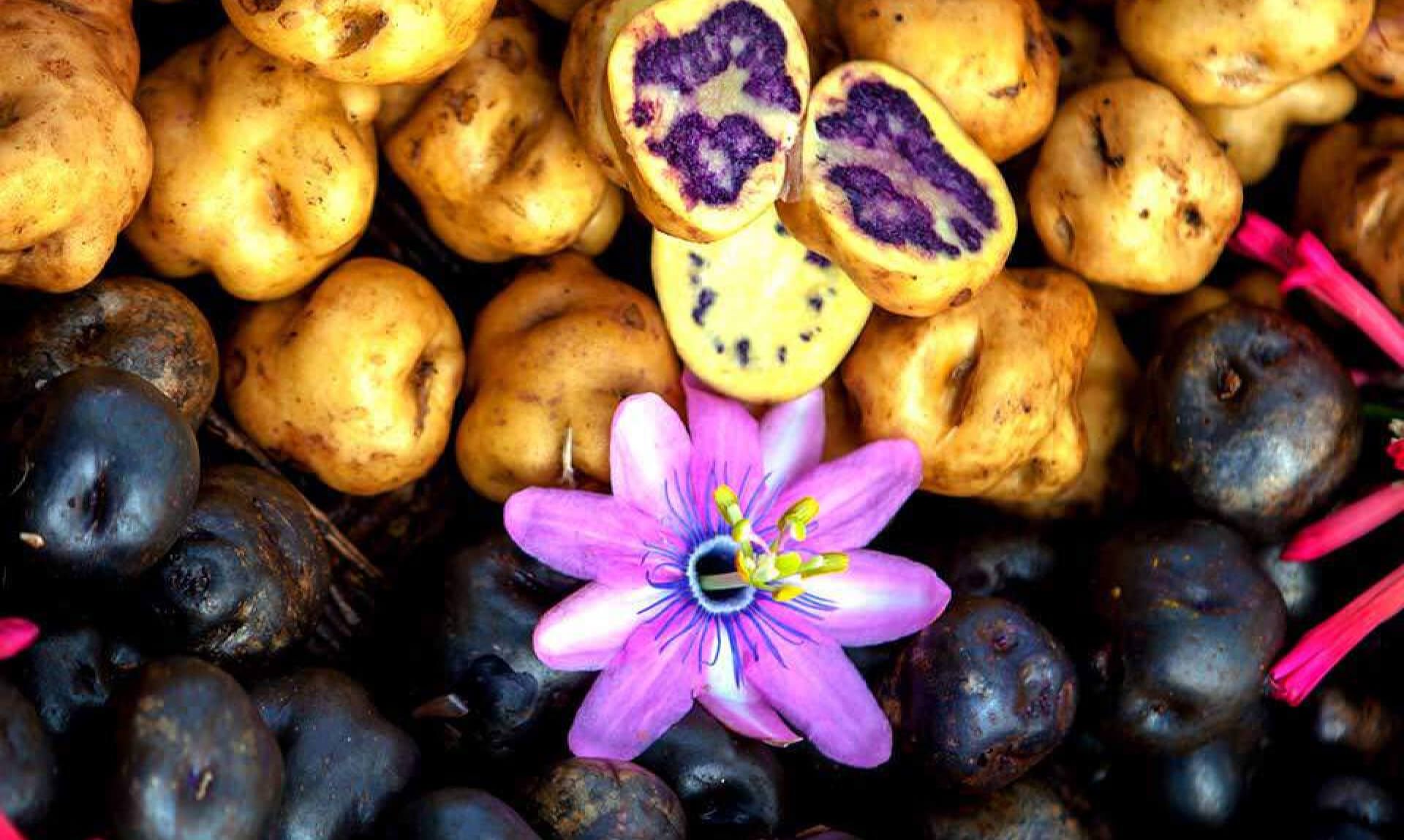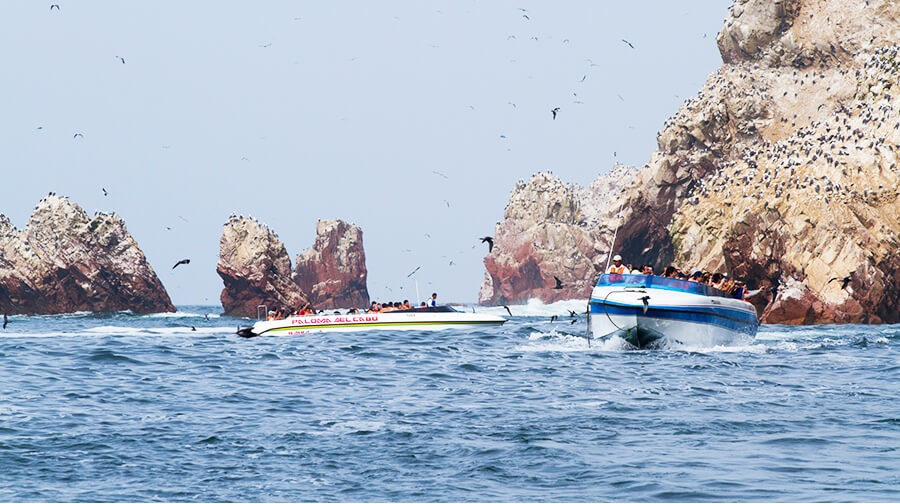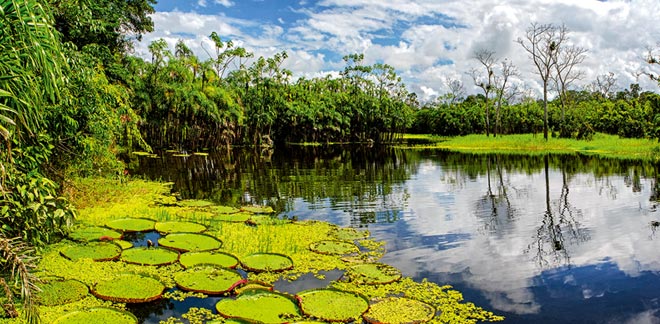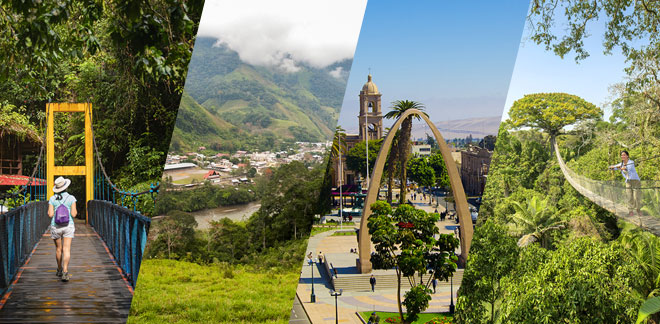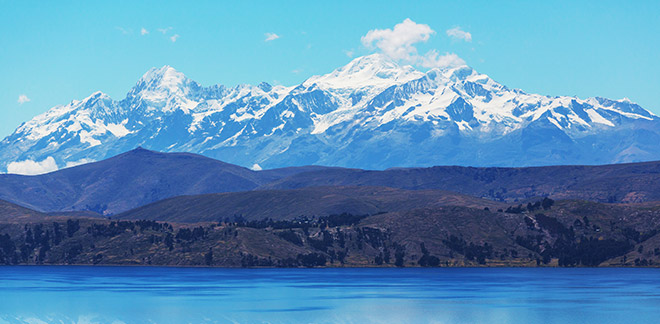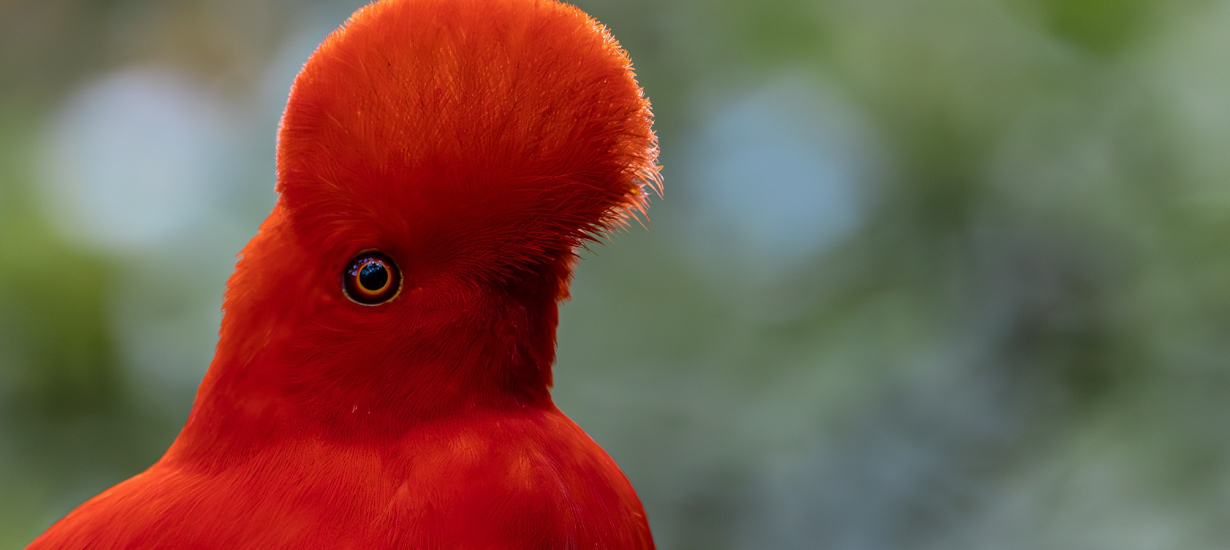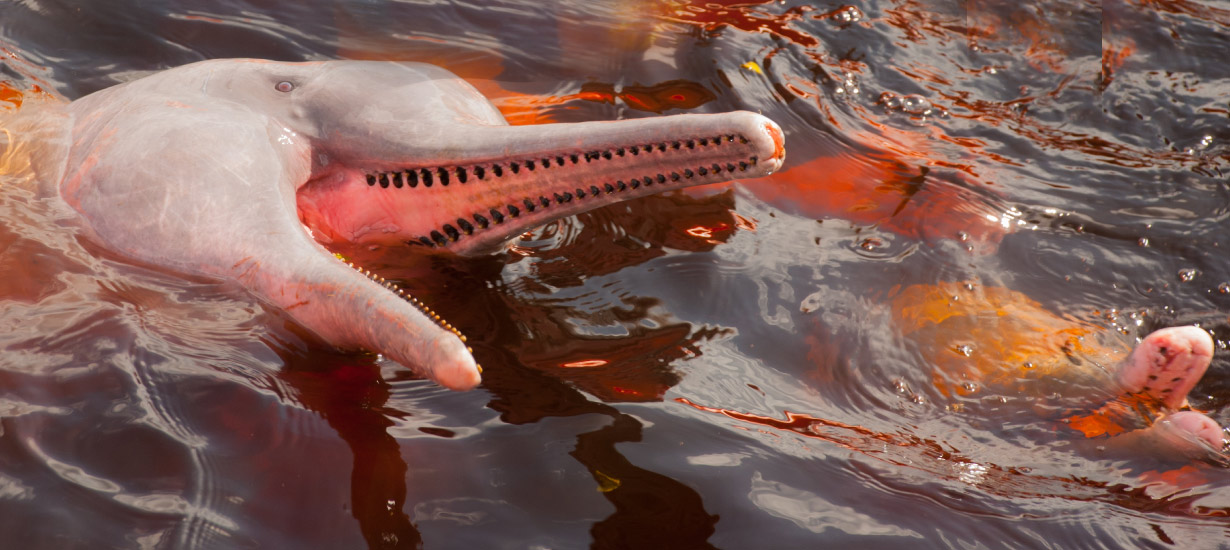The most visited protected natural areas in Peru
Síguenos en:Google News
The aim of protected natural areas (PNAs) is to preserve and protect flora and fauna, as well as the landscape in geographically defined areas. In Peru, there are 76 protected natural areas managed nationally, 21 regional conservation areas and 134 private conservation areas.
The nationally administered PNAs make up the National System of Natural Areas Protected by the State - SINANPE, and are classified as: National Parks, National Reserves, Communal Reserves, National Sanctuaries, Historic Sanctuaries, Landscape Reserves, Protected Forests, Wildlife Refuges, Hunting Reserves and Reserved Zones.
Due to their dazzling scenic beauty and biological diversity, several of these important conservation areas have established themselves in recent years as favorite destinations for tourists coming to our country. This is how Promperú, based on information from the National Service of Natural Areas Protected by the State (Sernanp), has given us an annual ranking of the most visited PNAs.
Outlined below are the top PNAs of 2018:
1. Ballestas Islands National Reserve. With 499,199 visitors, it tops the list this year. Located in Ica, it is part of the Sistema de Islas, Islotes y Puntas Guaneras National Reserve. It houses monuments carved in rocks, a great diversity of wild life among its endemic and migratory species, and a unique geology.
2. Paracas National Reserve. Located opposite the Ballestas Islands, it was visited by 427,013 tourists. It is a refuge for approximately 216 species of birds, 36 species of mammals, 10 species of reptiles and 168 species of fish. It is possible to see species such as sea lions, Humboldt penguins, dolphins and flamingos, among others.
3. Huascarán National Park. In 2018, 378,440 people visited this World Heritage Site that protects one of the areas with the greatest biological and cultural diversity in Peru. Within its limits there are around 660 glaciers, 300 lagoons of glacial origin and beautiful mountains, as well as varied flora and fauna.
4. Titicaca National Reserve. It owes its name to Titicaca, the highest navigable lake in the world. Located in Puno, it protects 159 species of fauna, 15 mammal species, 105 bird species, 9 amphibian species, 4 reptile species and more than 26 fish species. It was visited by 146,619 people last year.
5. Pampa de Ayacucho Historic Sanctuary. One of the most representative attractions of this region, it received 121,164 visitors in 2018. Its main aim is to protect the natural and historical heritage of the site where the Battle of Ayacucho took place (December 9, 1824); in addition to preserving the cultural and artisan manifestations of the surrounding towns.
6. Tingo María National Park. This destination is located in the middle of the central jungle and received 07,287 visitors, one of its main attractions being its scenic beauty. It has a mountain range that resembles a woman lying down, and which is known as 'Sleeping Beauty'. It is also home to birds such as the rock cockerel, the condor of the jungle, woodpeckers, toucans and guacharos, among others; and you can also see a variety of butterflies, and mammals such as the South American tapir, the red deer, the sajino, and the tigrillo.
7. Lachay National Reserve. This natural area, which was visited by 70,008 people, is located just a few hours from the capital. It is a representative sample of the exuberant vegetation of the coastal hills and is a refuge for about 60 species of birds. Travelling through this ecosystem you can see the kestrel, the great harrier, the tawny-throated dotterel, as well as hummingbirds, owls, lovebirds and parakeets.
8. Tambopata National Reserve. It is located south of the Madre de Dios River and received 64,360 visitors in 2018. Its aim is to protect the flora, fauna and ecological processes of a section of the tropical rainforest. More than 632 bird species, 1,200 butterfly species, 103 amphibian species, 180 fish species, 169 mammal species and 103 reptile species have been identified here.
9. Pantanos de Villa Wildlife Refuge. The Lima district of Chorrillos is home to this internationally important wetland, which was visited by 43,322 people. Migratory and resident birds can be seen along with other possible records. It does in addition have 67 species of plants and 5 water mirrors.
10. Huayllay National Sanctuary. Pasco is present with this destination that received 30,347 visitors. It is one of the best geological museums in the world, thanks to its rocky formations that form a beautiful forest, including bofedales and lagoons that guarantee the presence of a unique fauna.
Information
- It is important to mention that Machu Picchu was not considered for the evaluation, since Sernarp only records access to the Inca Trail and Amazon ar
Sources: PromPerú / Sernanp

